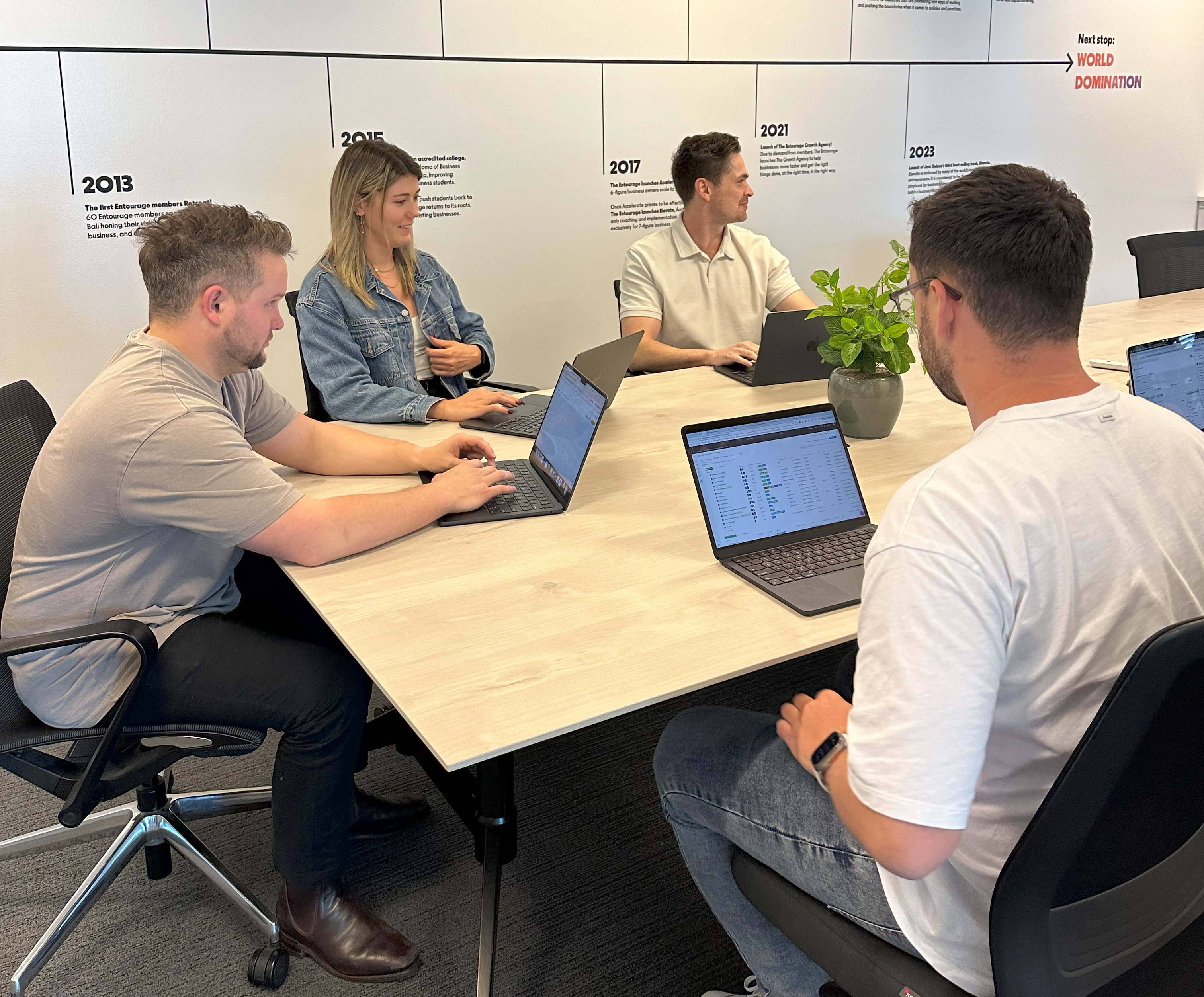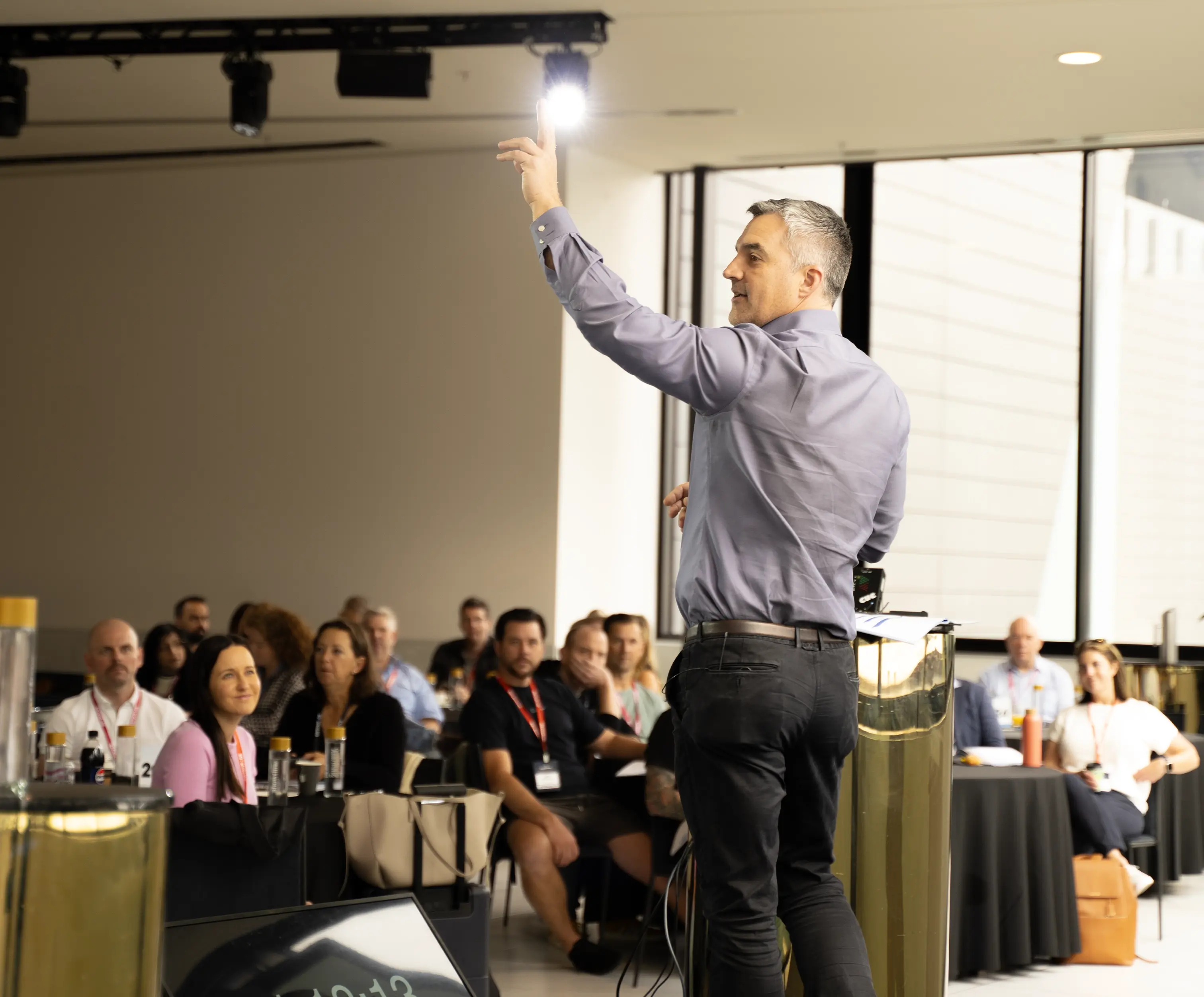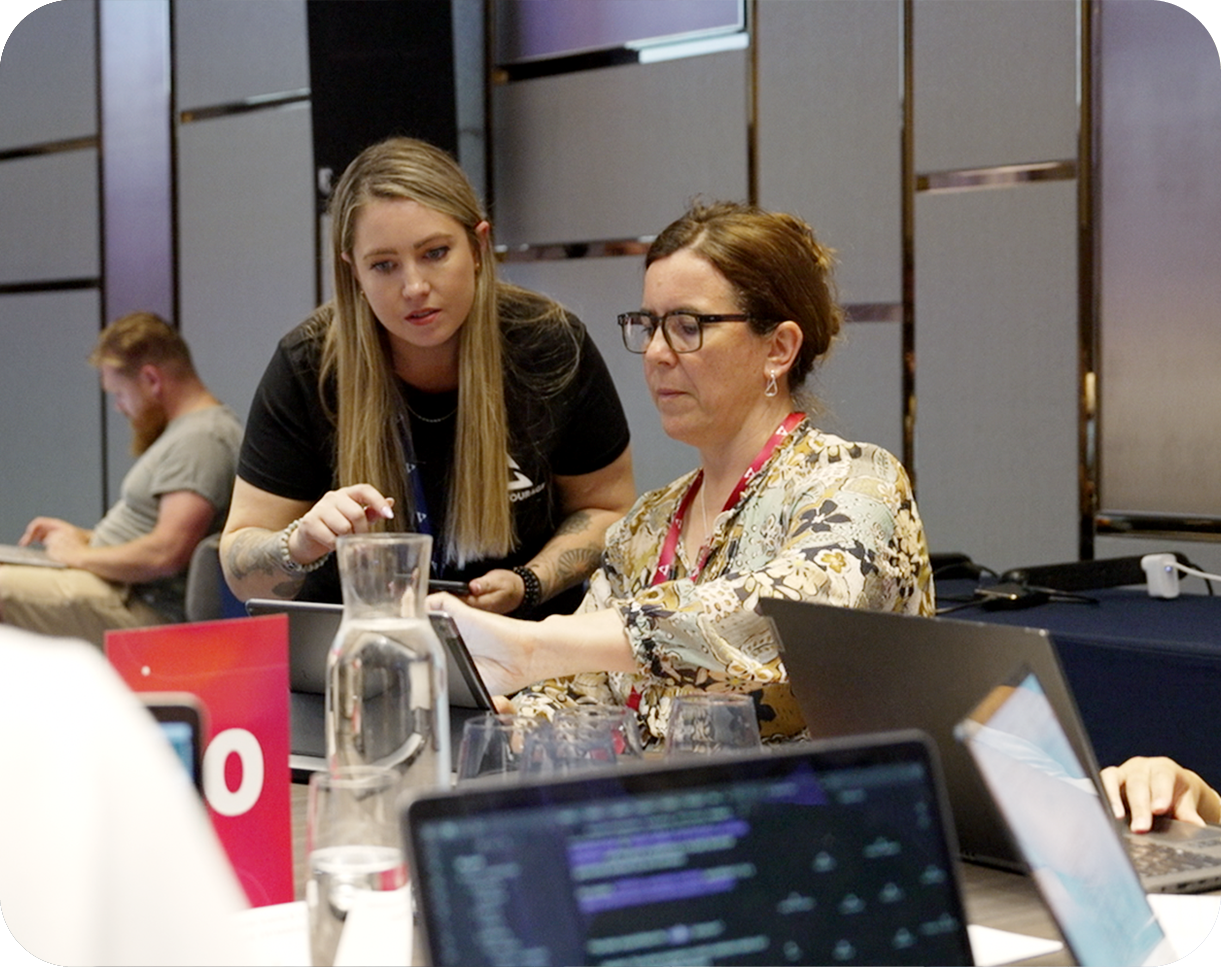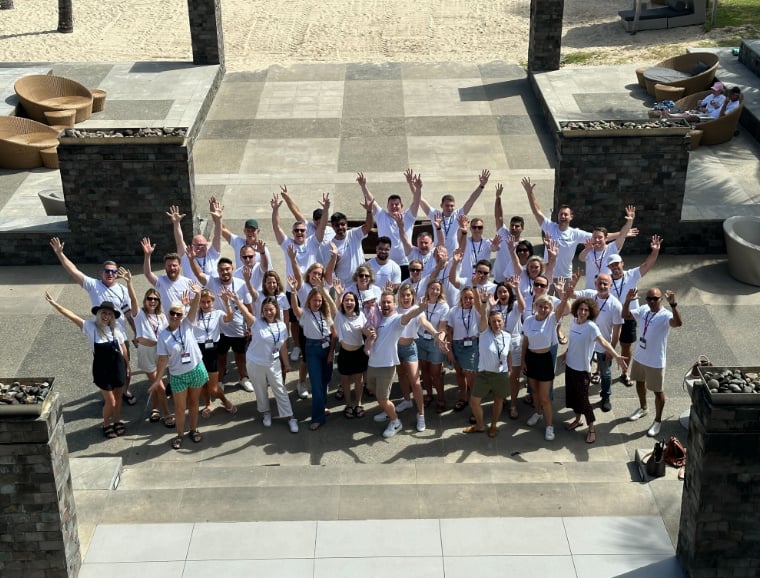Distraction is a common struggle in modern life, yet for many, it goes beyond occasional wandering thoughts. People face a spectrum of attention difficulties that can affect work, relationships, and personal well-being. These challenges often stem from both environmental factors and internal cognitive patterns, making it difficult to maintain focus on tasks that require sustained effort. Understanding why distraction occurs and how it manifests in different forms can help individuals develop strategies to navigate daily life more effectively.
Mental Overload and Cognitive Fatigue
The human brain has limits when it comes to processing information. Multitasking, constant notifications, and rapid task-switching all contribute to mental overload, which reduces the brain's ability to maintain attention on one task. When cognitive resources are drained, even simple tasks can feel insurmountable. One common manifestation of this overload is the inability to start or complete tasks despite knowing what needs to be done. That’s why people may experience how ADHD paralysis affects adults, where the mental effort required to begin a task feels overwhelming. This form of paralysis creates a cycle in which stress and frustration grow alongside unfinished responsibilities, leading to feelings of inadequacy and self-doubt. Recognizing these patterns is a crucial step toward developing strategies that protect mental energy and promote task completion.
Environmental Triggers for Distraction
Surroundings play a significant role in our ability to focus. Spaces filled with noise, visual clutter, or interruptions make it more difficult to concentrate. Even seemingly minor distractions, such as the presence of a phone or background conversations, can fragment attention over time. Creating a workspace that limits these triggers can help mitigate constant distraction. Some people find success by organizing their surroundings and setting boundaries, such as designated work zones or periods of uninterrupted focus. Understanding personal triggers allows individuals to anticipate and reduce disruptions before they become overwhelming, fostering an environment more conducive to sustained attention.
Emotional States and Attention
Emotions strongly influence focus and productivity. Anxiety, stress, and low mood can drain cognitive resources, leaving little mental capacity to manage tasks efficiently. When emotional energy is depleted, the brain struggles to prioritize, making it difficult to decide what to do next. This interplay between emotional states and distraction often leads to procrastination, which can exacerbate stress and create a cycle of inaction. Developing awareness of emotional patterns and implementing coping strategies, such as mindfulness exercises or short breaks, can help reduce the impact of fluctuating moods on attention.
Role of Technology in Fragmented Focus
Technology is one of the most pervasive contributors to constant distraction. The rapid pace of notifications, alerts, and information updates can condition the brain to crave instant stimulation. This conditioning erodes the ability to sustain focus on a single activity for extended periods. Social media, streaming platforms, and other digital tools offer immediate rewards that compete with slower, more demanding tasks, making it harder to engage in deep, uninterrupted work. By setting boundaries on device usage and scheduling specific times for technology engagement, individuals can reclaim periods of concentration and reduce mental fatigue.
Habits That Reinforce Distraction
Behavioral patterns can quietly shape how attention functions from day to day. Many people underestimate how routine actions contribute to a scattered mind. Habits such as checking messages during work, jumping between unfinished tasks, or leaving notifications on at all times gradually train the brain to expect constant stimulation. This expectation makes it difficult to maintain focus for any meaningful length of time. Skipping regular breaks or trying to multitask can also heighten fatigue, reducing the brain’s capacity to filter out irrelevant information. These patterns build a feedback loop in which distraction becomes the default state rather than the exception.
Strategies for Managing Persistent Distraction
Addressing constant distraction requires practical approaches tailored to individual needs. Time management techniques, task segmentation, and prioritization can help reduce the sense of being overwhelmed. Practicing single-tasking, where one focuses exclusively on a single activity at a time, strengthens the brain's capacity for sustained attention. Reflection and self-assessment are also valuable, as they help identify patterns that lead to distraction and provide insight into potential adjustments. By combining environmental modifications, emotional regulation, and behavioral changes, it is possible to regain a sense of control and minimize the negative impact of distraction on daily life.
Distraction is more than a minor inconvenience; it affects productivity, well-being, and mental clarity. By recognizing the cognitive, emotional, and environmental factors that contribute to scattered attention, individuals can take concrete steps to improve focus. Whether it involves addressing technology use, modifying routines, or understanding the deeper cognitive mechanisms such as ADHD paralysis, proactive strategies can reduce mental clutter and enhance the ability to engage with tasks meaningfully.
Related Categories
Ryan Terrey
As Director of Marketing at The Entourage, Ryan Terrey is primarily focused on driving growth for companies through lead generation strategies. With a strong background in SEO/SEM, PPC and CRO from working in Sympli and InfoTrack, Ryan not only helps The Entourage brand grow and reach our target audience through campaigns that are creative, insightful and analytically driven, but also that of our 6, 7 and 8 figure members' audiences too.





